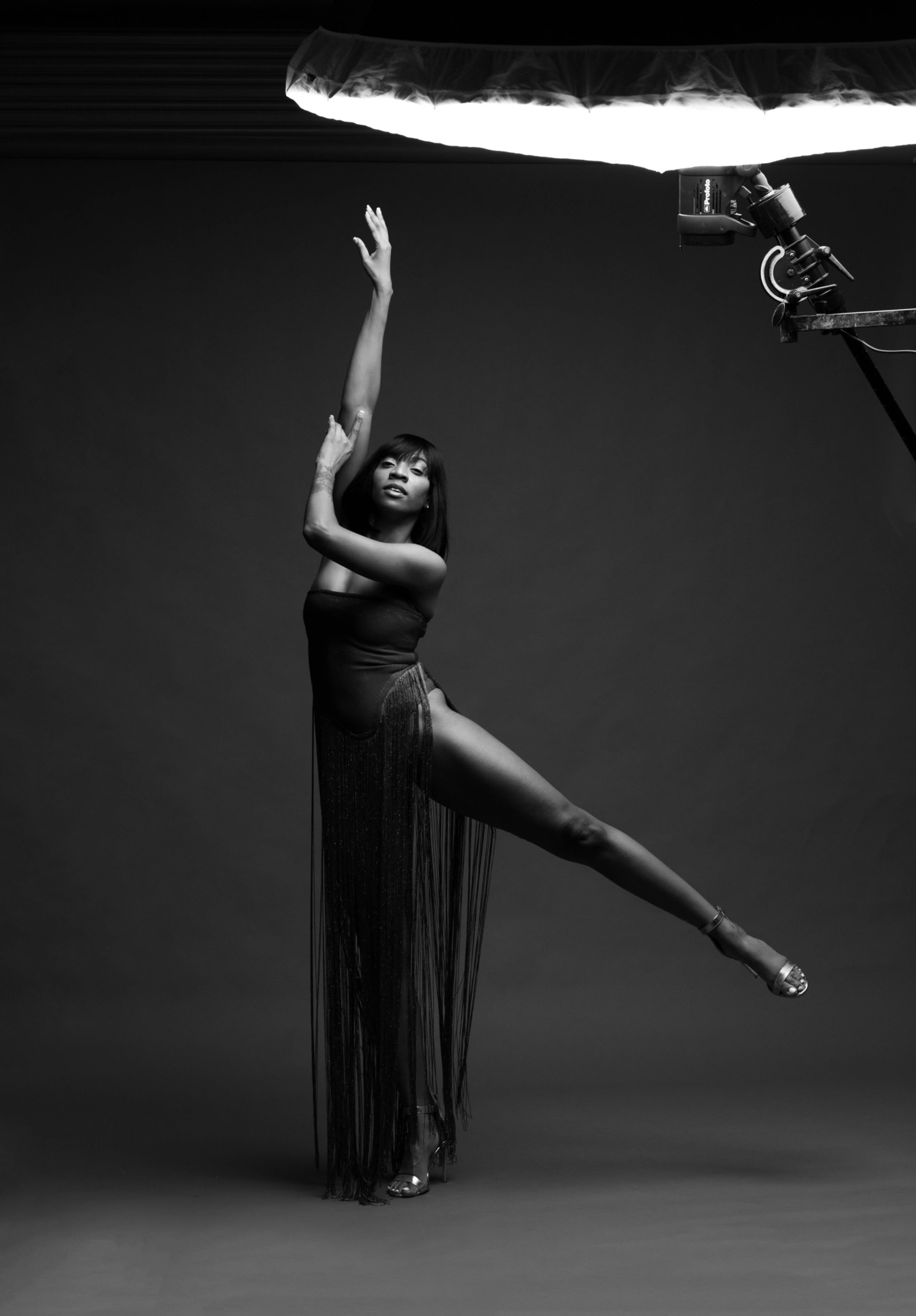We caught up with the brilliant and insightful Ronnique Antoinette a few weeks ago and have shared our conversation below.
Hi Ronnique, thanks for joining us today. We’d love to have you retell us the story behind how you came up with the idea for your business, I think our audience would really enjoy hearing the backstory.
For years, I had been setting choreography for others—pouring my ideas and movement language into various projects, always as a contributor, never quite as the author of my full vision. While I was grateful for every opportunity, I felt something was missing. I had notebooks filled with concepts, movement phrases that lived only in my body, and ideas that explored themes of love, self-discovery, and community—but no space that was fully mine to bring them to life.
Then came a shift. Around 2019, I found myself increasingly drawn to the idea of presenting my own choreographic work—stories that reflected my voice, my culture, my questions. I didn’t just want to choreograph dances; I wanted to create experiences that were rooted in honesty, shared humanity, and movement that spoke. But presenting work independently was daunting. I didn’t have a large company behind me, a consistent presenting venue, or major funding. What I had was a vision—and a deep belief that it was needed.
In parallel, I had also started exploring dance for film—playing with camera angles, site-specific work, and how choreography could shift when seen through a cinematic lens. This experimentation reinvigorated me. It opened up a new world of possibility for how dance could be seen and felt. That’s when the idea solidified: I needed a collective. A container. A home. A movement.
Ronnique Antoinette & The Ramdance Movement was born not just out of creative need, but out of a desire to solve a problem. I didn’t see enough spaces that centered the voices of independent artists who wanted to blur lines—between stage and screen, tradition and experimentation, technique and storytelling. I wanted to offer a model that wasn’t about hierarchy, but about collaboration. A space where artists could stretch, risk, and grow while contributing to meaningful, socially conscious work.
What excited me most about The Ramdance Movement was that it felt personal and communal. It was rooted in my experiences but made to be shared. I knew it would work because it was born out of real gaps I’d felt in the DC dance community: the lack of platforms for original, culturally grounded work, and the need for more collectives where professional dancers could have artistic agency. Every time I shared the idea, people leaned in. They wanted to know more. And when we finally began, dancers showed up ready to work—because they felt seen in the mission too.
Starting The Ramdance Movement was a risk, but it was the most authentic step I could take. It wasn’t just about launching a collective—it was about claiming my voice and inviting others to do the same.
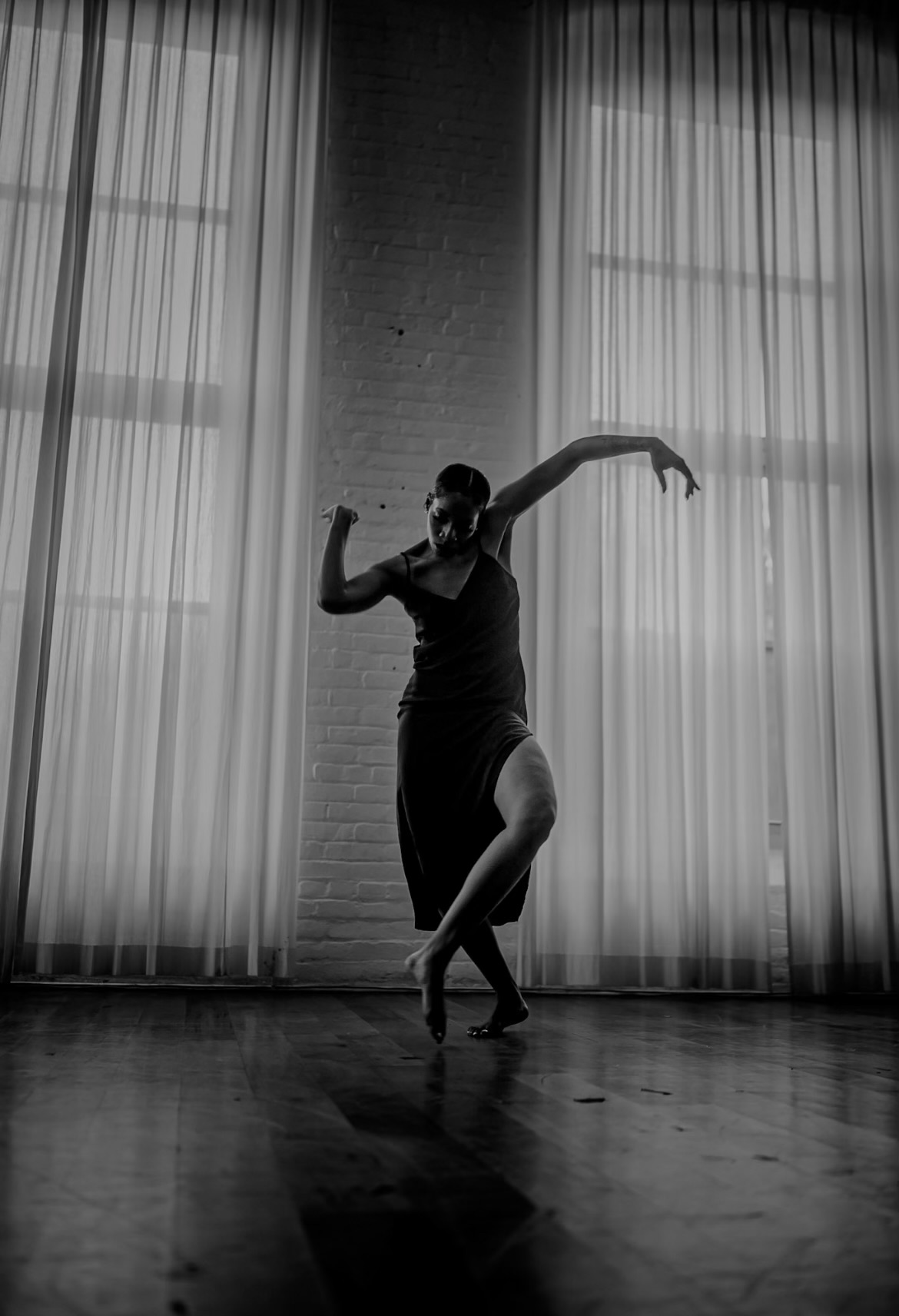

Ronnique, love having you share your insights with us. Before we ask you more questions, maybe you can take a moment to introduce yourself to our readers who might have missed our earlier conversations?
Based in Washington, DC, I’m Ronnique Antoinette, founder of Ronnique Antoinette & The Ramdance Movement—a modern contemporary dance collective of professional dancers, choreographers, educators, and creative entrepreneurs. Officially established in 2020, the collective was born from my desire to present my own choreographic work and explore new ways of storytelling through both stage and film.
Rooted in innovation and purpose, Ronnique Antoinette & The Ramdance Movement creates powerful, socially conscious dance works that explore culture, history, and identity. Beyond performance, we’re deeply committed to community—offering classes, residencies, and programming for after-school initiatives, rehabilitation centers, and more.
What sets us apart is our belief in movement as a tool for connection, healing, and change. I’m passionate about collaboration, creating opportunities for other artists, and sharing knowledge with the wider dance community. Above all, I want people to know that The Ramdance Movement is about more than dance—it’s about building something that moves people forward, together.

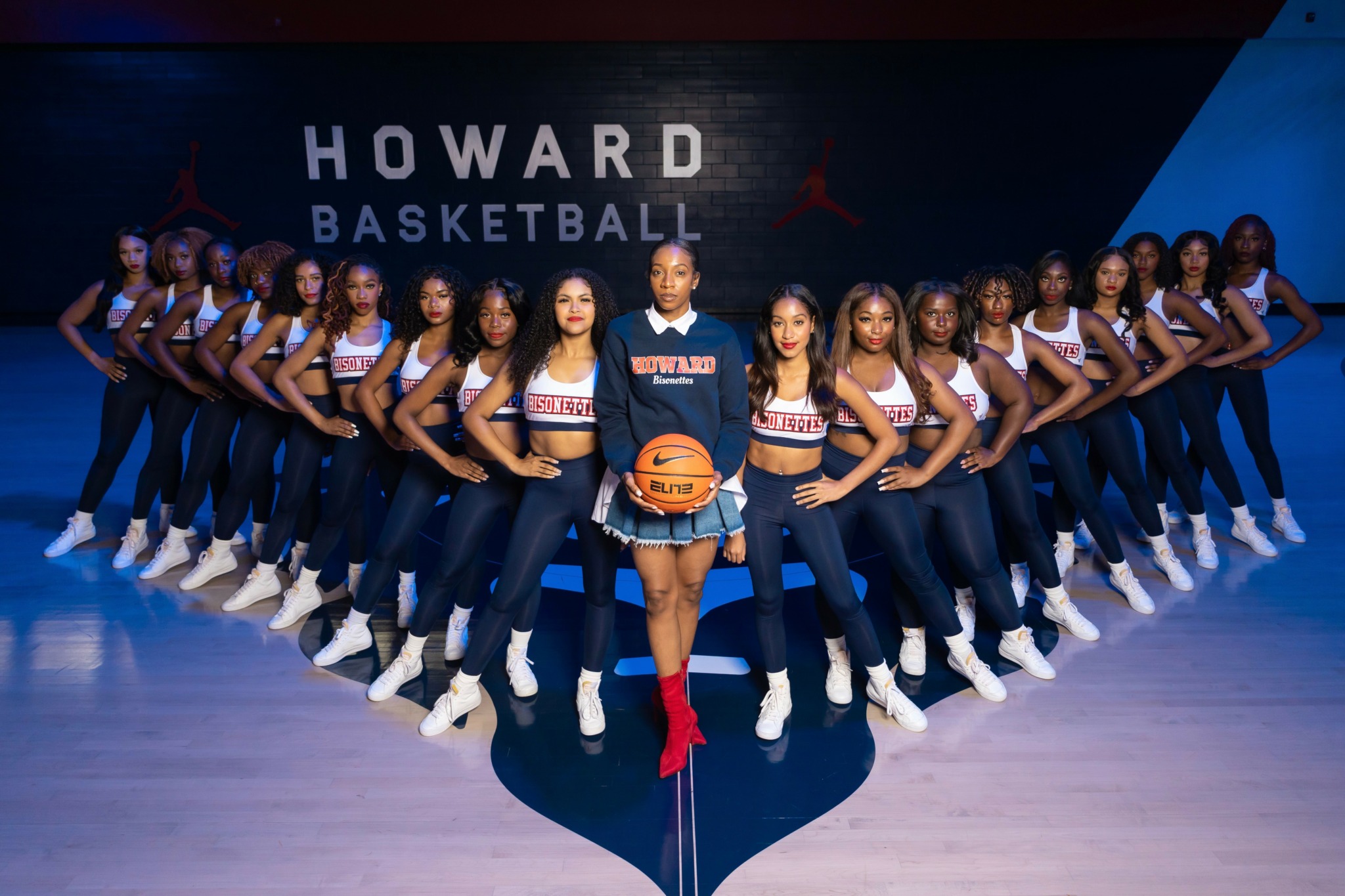
Any stories or insights that might help us understand how you’ve built such a strong reputation?
What helped me build my reputation within the dance market has been my commitment to authenticity, consistency, and community engagement. I’ve always led with purpose—whether I’m setting choreography, teaching a class, or collaborating with other artists. I believe people recognize and connect with the integrity in my work and the intention behind every project I take on. I’ve also stayed visible and active in the community, building relationships, showing up for others, and creating space for voices that deserve to be heard. Over time, that trust and presence helped establish a reputation not just as a choreographer, but as a leader and connector in the dance world.
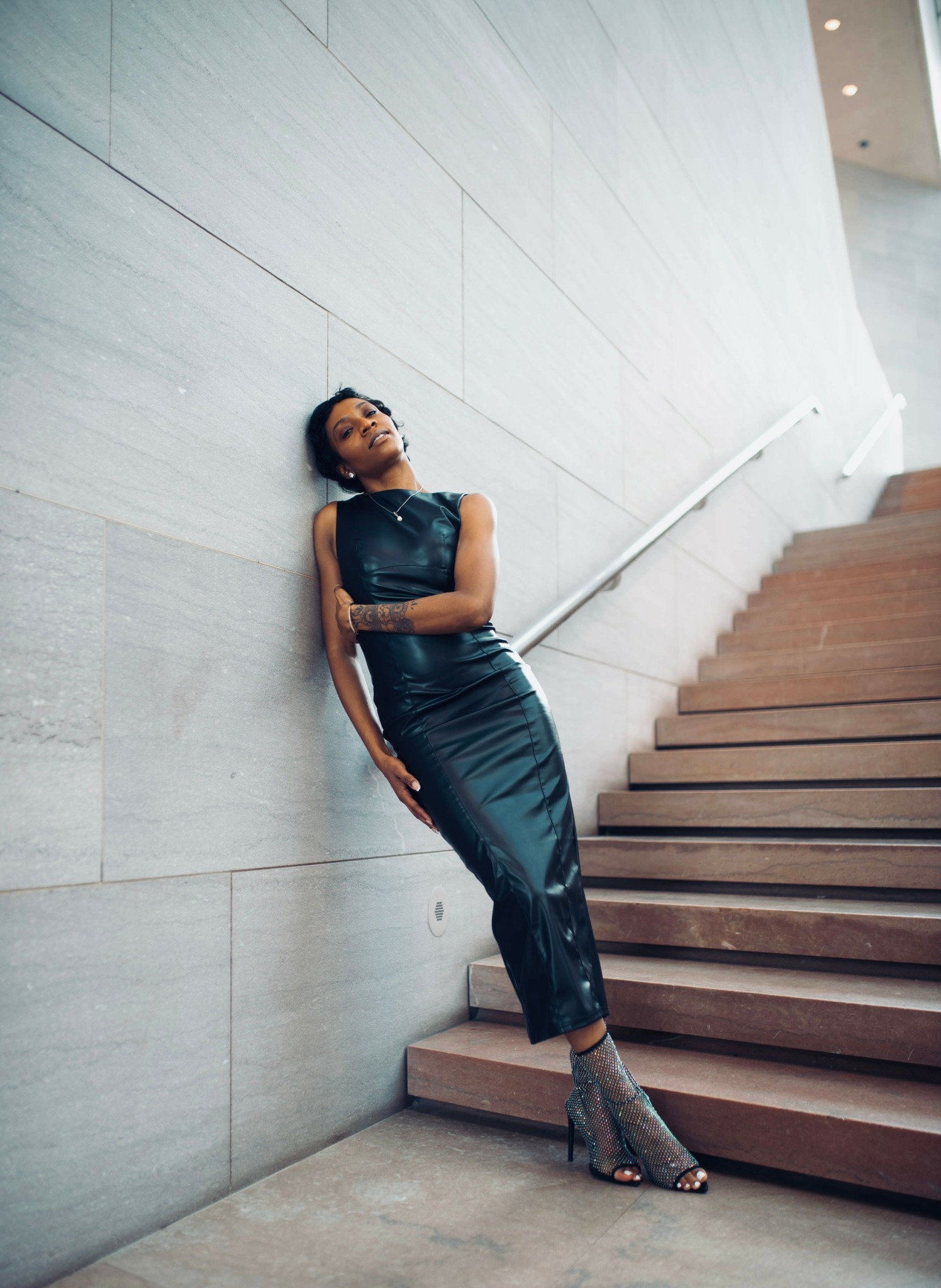
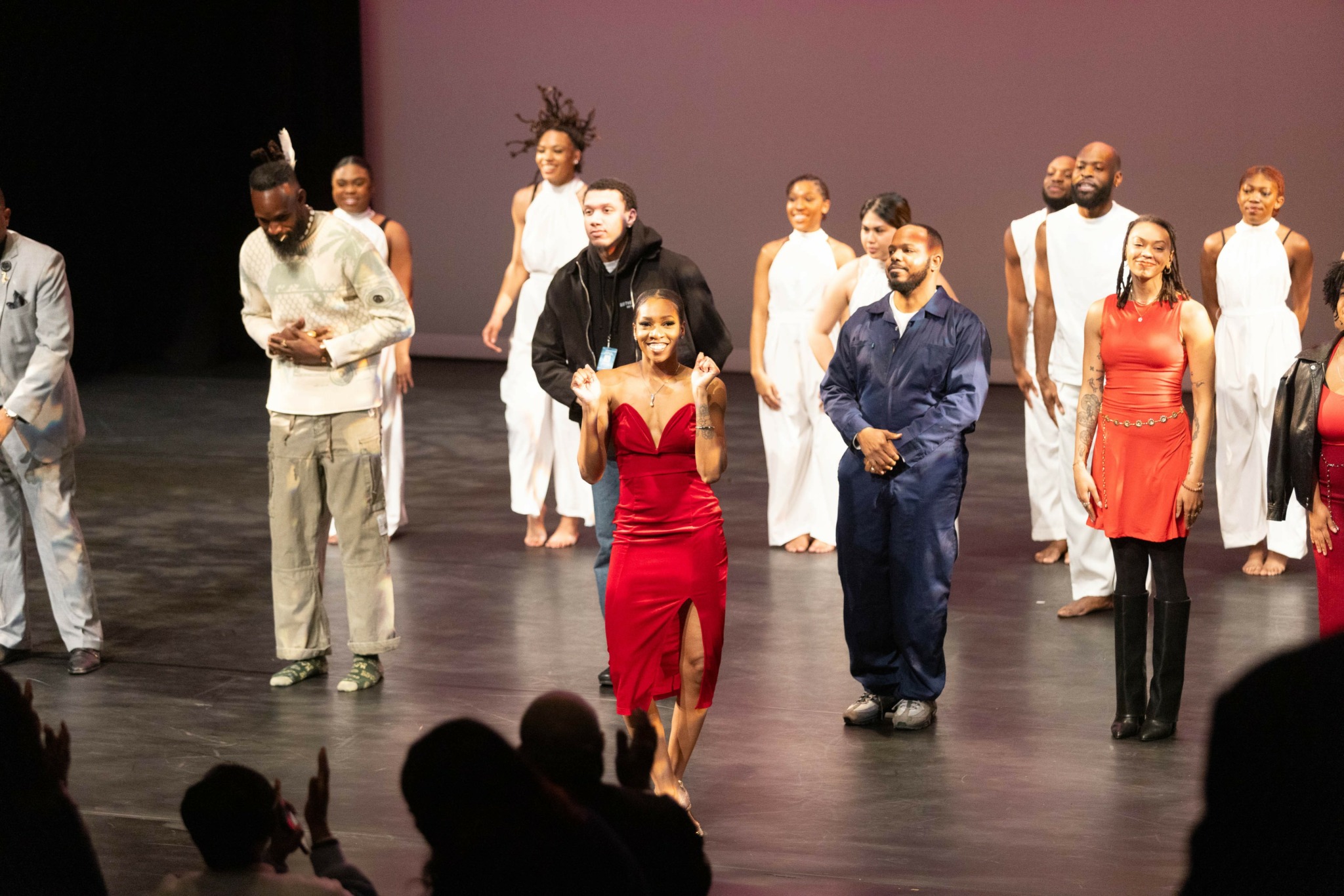
What’s a lesson you had to unlearn and what’s the backstory?
One of the hardest lessons I had to unlearn was the belief that everyone —especially fellow artists—will automatically support you, believe in your work, or show up for your vision. In the beginning, I truly thought that because I was committed to community, collaboration, and lifting others up, that same energy would be returned without question. I assumed that if someone I knew had an opportunity, they would think of me, just as I would think of them. But over time, I realized that support doesn’t always come from the places you expect—and that’s okay.
There were moments when I launched projects or shared work I was deeply proud of and was met with silence from people I thought would be the first to celebrate me. That silence used to sting. It made me question myself, my voice, and whether my work truly mattered. But then I had to shift. I had to remember why I started—what my purpose was and who I was creating for. I realized that support isn’t always loud, and sometimes the deepest validation comes from strangers, students, or unexpected allies.
I also had to unlearn the idea that opportunities would simply fall into my lap if I worked hard enough. I learned to ask for help, to apply, to pitch, to advocate for myself even when it felt uncomfortable. No one can champion your vision better than you can.
What I know now is that not everyone will see your light—and that’s not your job to fix. Your job is to keep showing up, to stay rooted in your purpose, and to trust that the right people—the ones meant for your work—will find you.
Contact Info:
- Website: www. ronniqueantoinette.org
- Instagram: @ronnique.antoinette__ @theramdance_movement
- Facebook: Facebook.com/Ronnique Antoinette
- Youtube: https://youtube.com/@ronnique.antoinette?si=ujFUz5CM24KppiNN

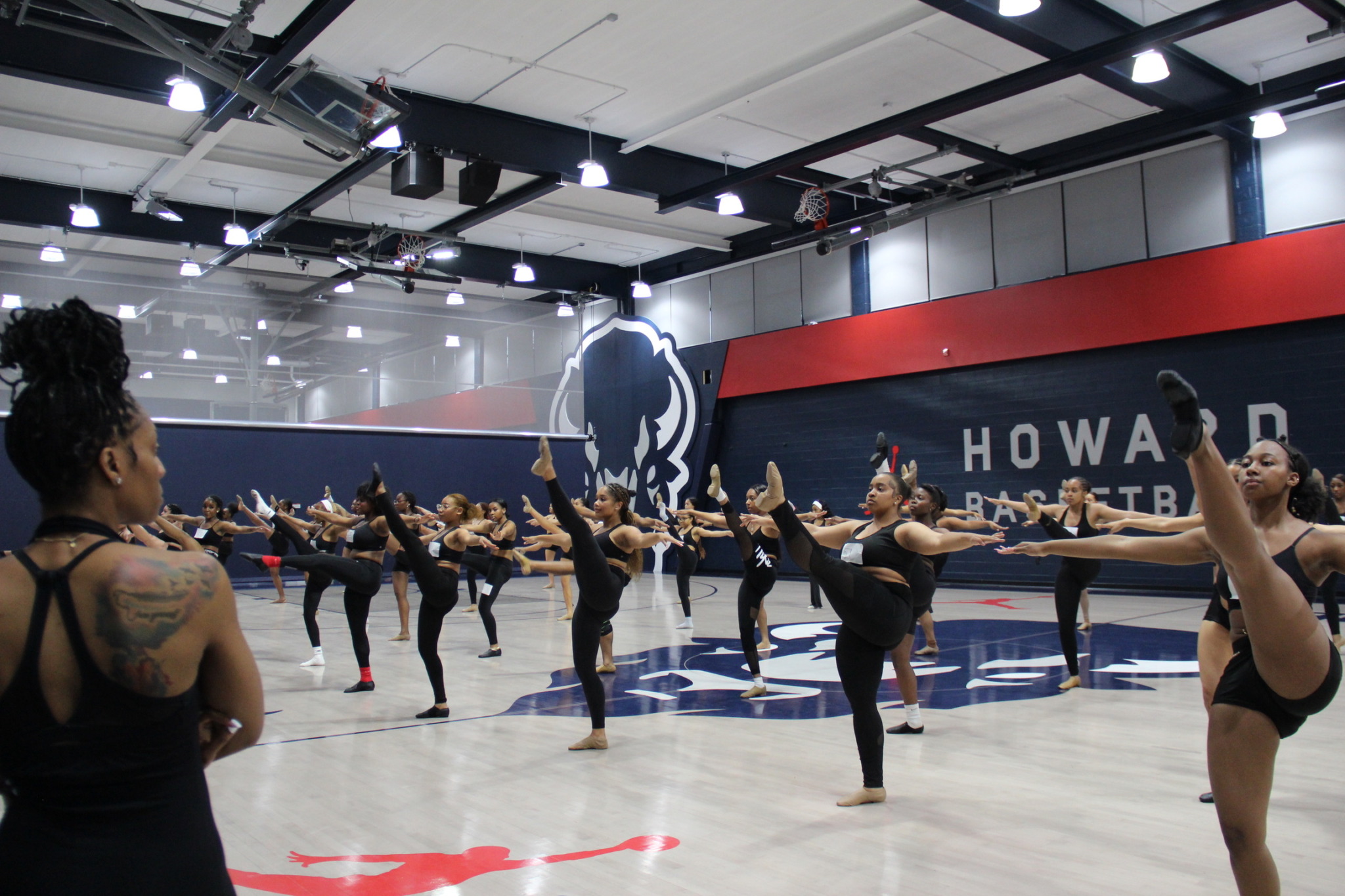
Image Credits
Photography Credits:
Olabode “Buddie” Oladeinde [Buddieophotography]
Uriah Roman
Anayah Browns
Myles Dawson [mkd.media]
80shots


